Thursday, June 11th, logging started. Detailed timeline below.
Wednesday July 1 6:30-8:00 pm virtual call with CT DEEP for interested parties.
Click here for meeting information
Click here for initial responses to some questions
We are very grateful to CT DEEP Commissioner, Katie Dykes and colleagues for holding a public meeting at Massacoe on Friday, June 19th, listening to our many concerns, and pausing the project. This was urgent – even though there is only one person working at the site, the automatic tree harvester cuts hundreds of trees a day.
PLEASE NOTE WE ARE NOT AGAINST FORESTRY! Everyone was polite with the logger and did not interfere in any way with his work. Forestry is valuable in the right place for the right reason. But this forest has value that far exceeds its timber value, and it has all the hallmarks of a forest that is already healthy! Simsbury has been working on an open space master plan that is nearly complete and balances among grassland, shrubland, farmland, forests. Massacoe State Forest is a major puzzle piece in a forested wildlife corridor adjacent to the Eastern Wildway.
Subsequent to the start of the project there is a lot of interest in turning this into a research opportunity with matched control (natural forest) and experimental (harvested) areas. This could include a robust citizen science component, and would add even more value to this little forest. Right now this area has a beautiful quiet main trail and this project will completely obliterate that trail.
To visit the area use the address: 150 West Mountain Road, Simsbury. There is a pull off area opposite the forest entrance. A small footpath can be found about 100 yards straight in past the logging road. It is important to see this area because the uncut area is healthy, diverse, no invasives. Areas without invasives are extremely rare, and forest managment brings invasive plants. That alone is a major reason we should not be interfering.
FOREST FRIDAY
Discussion and Walk
June 26th: 6:00 to 7:30
150 West Mountain Road, Simsbury
Come see the forest! Find out the latest details and discuss ideas for supporting next steps.
Please wear a mask.
UPCOMING:
Teach-In: A panel discussion on the health and role of forests in a warming planet.
This will be a ZOOM meeting.
To participate, send an email to: keepthewoods@gmail.com
We will send you information as soon as the details are finalized and to access the meeting.
The southern block of Massacoe State Forest is an invasive-free wildlife corridor loved and enjoyed by many people. We will have some information to share on the value of keeping some forests intact and growing, and finding a balance between protecting nature and resource management. This is also a critical research agenda. More and more science is showing the value of mature and old forests. They are RARE in Connecticut!
Please review the additional information provided here, and note that this site is under construction. We agree with forest management in the right place and for the right reasons, and we respect private property rights. But we quickly need to evolve past the outdated view that every forest needs management – and we need to protect nature wherever we can right now.
Foresters are a critical workforce in responsible resource management and collecting data. They are trained to assess forests and manage them for various reasons, but we need areas for nature. Nature provides forests with maximal carbon storage, full native biodiversity, and more. We all need to be patient, be willing to learn, and realize there is so much we don’t know.
Here is the State of CT information for Massacoe:
https://portal.ct.gov/DEEP/State-Parks/Forests/Massacoe-State-Forest
The contract is for logging 81 out of 83 acres in this area.
Research is being conducted to confirm the details of the sale. Consistent with other logging contracts, it is likely the rights to logging 81 acres of trees on public land was sold for well under $25,000. Goals for the area are in this report from 2014
https://portal.ct.gov/-/media/DEEP/forestry/Management_Plans/Massacoe20142024pdf.pdf
Things to keep in mind when reading this report:
- Forest management is business as usual; we need to revisit it for this public forest.
- Life has changed dramatically since this report was written. Crises in climate and biodiversity, and a pandemic that has highlighted the absolutely critical role forests play in fostering public heath – both mental and physical.
- CT residents have flocked to the woods as a place of solace and exercise – causing overcrowded areas to be closed. This forest is an oasis for people in the hundreds of homes that surround it as well as the animals that live there and use the corridor.
- This forest is already ecologically and structurally diverse and free of invasive plants – exactly the kind of healthy forest we should not be “managing.”
- The plan does not take into account the major east-west wildlife corridor.
- The plan does not take into account the connections with other open space.
- The plan does not take into account the Eastern Wildway.
- Birds are nesting! Cutting this habitat now will destroy their reproductive cycle.
- Please note that these pictures demonstrate what CT DEEP calls ‘selective’ logging or a “selection harvest.”
The images below are from Massacoe State Forest taken Friday, June 12th. The cutting was done within just a few hours on Thursday, June 11th.
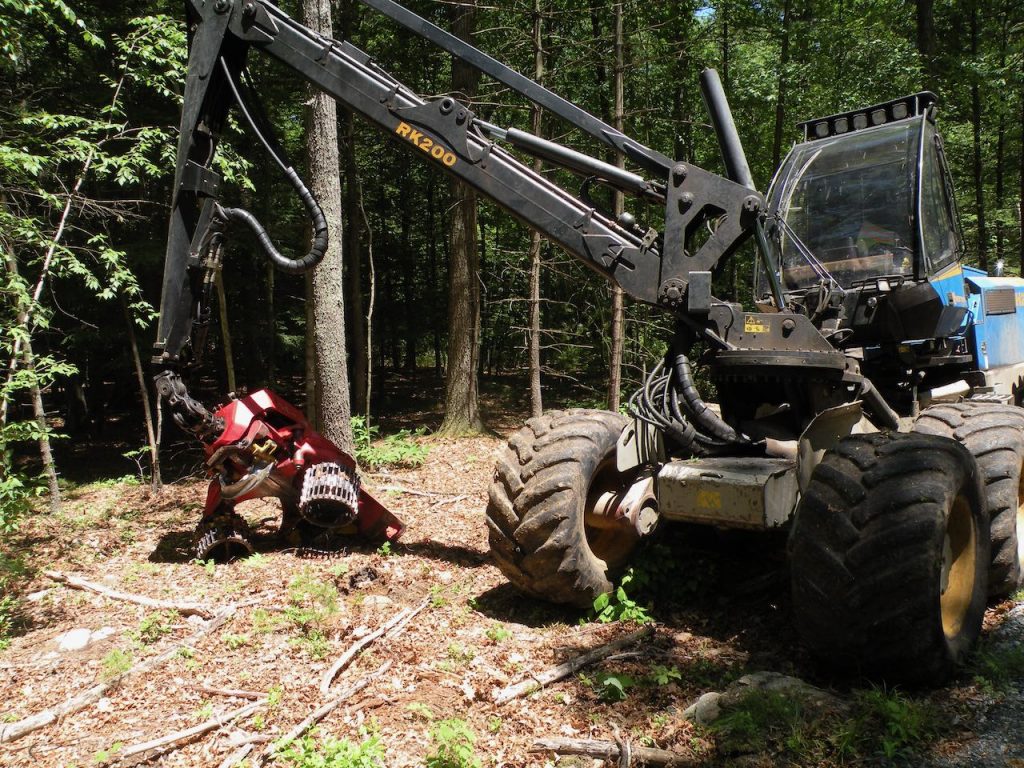
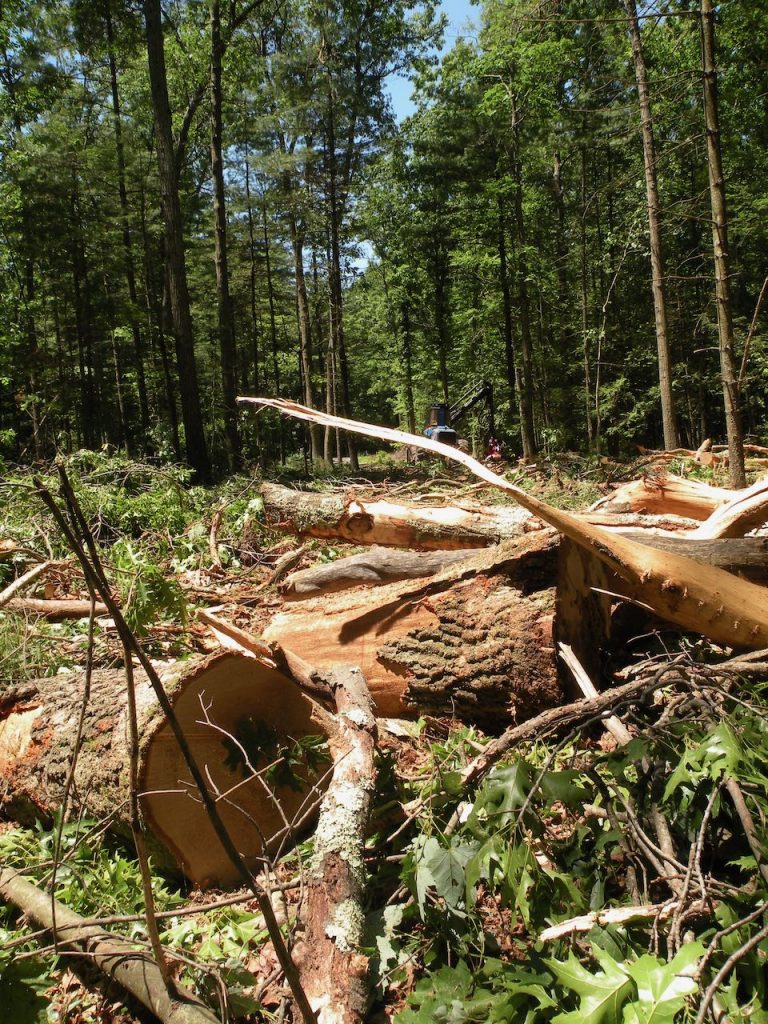
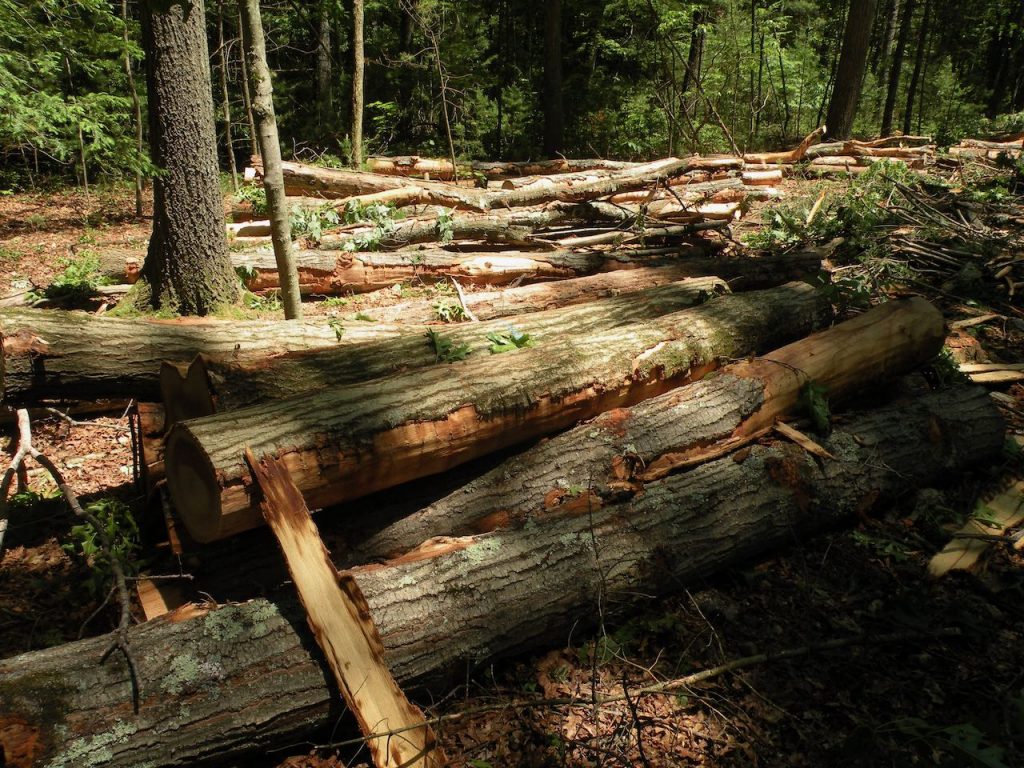
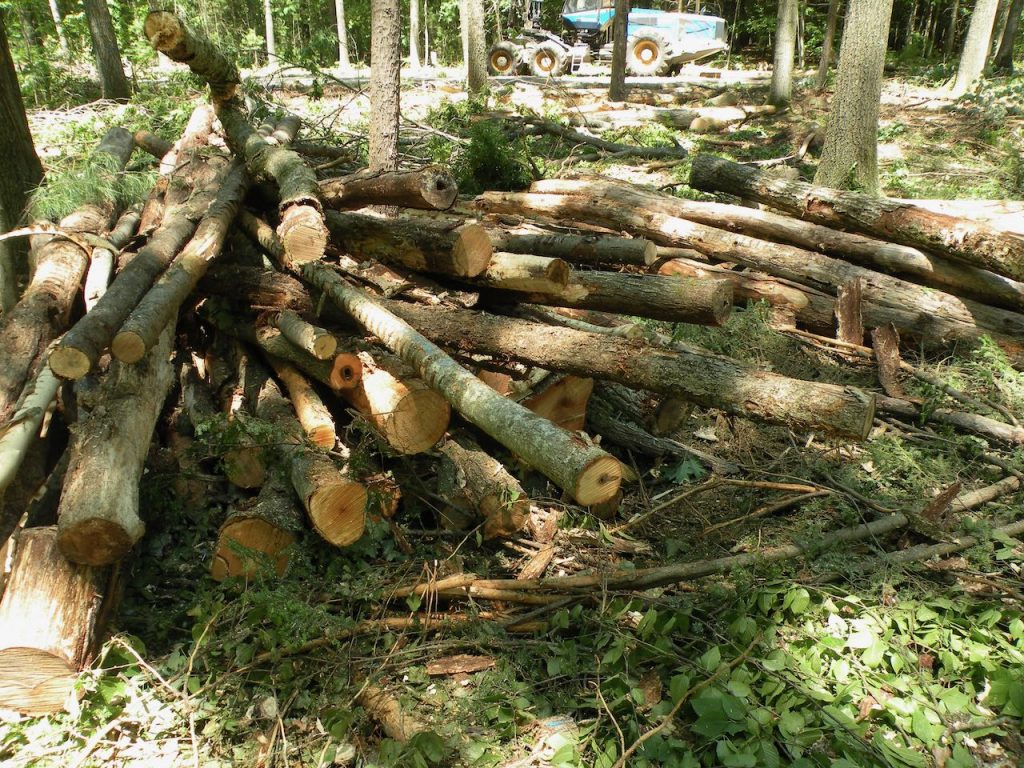
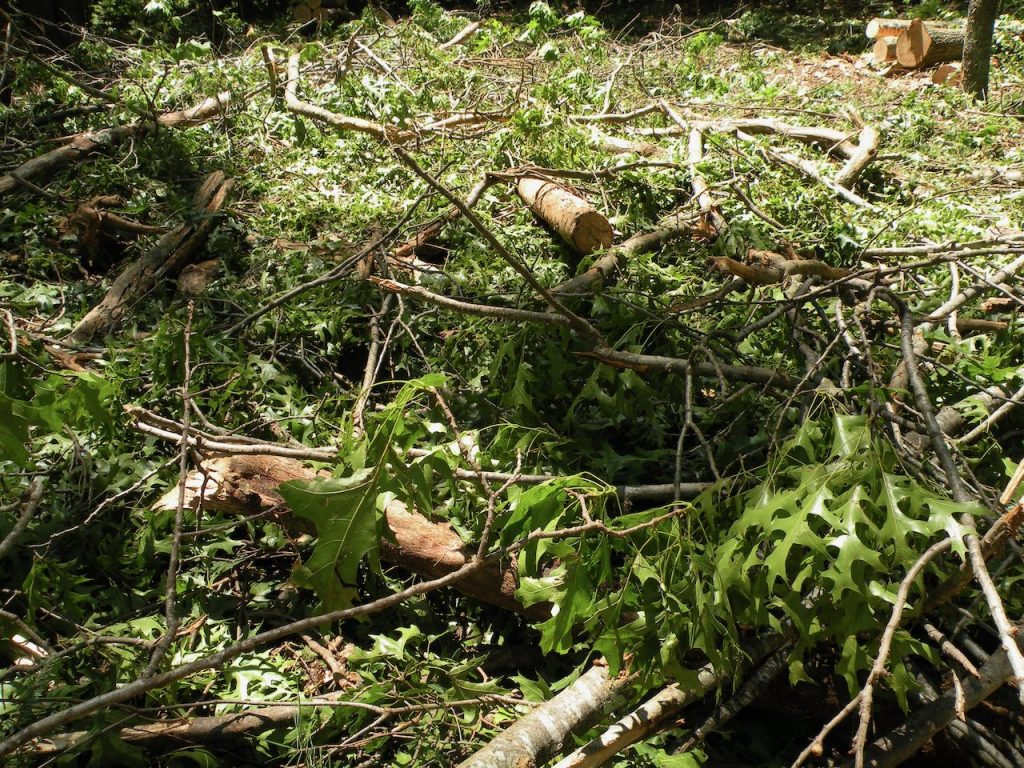
Click here for more photos of Massacoe State Forest.
As seen by the images, it is not technically “clear cut.” But this is the plan throughout the entire forest. What is already clear when you see the site is that easily 80-90% of the trees in the harvested area have been cleared or crushed and much of the forest floor has been disturbed or compacted.
CT DEEP’s stated goal for the cutting is to remove oaks and replace them with pines. What they are not saying is that there are already many pines amongst the oaks, maples, sassafras, birches, etc. And they are cutting maple and pine as well as oak.
Right now oaks (our state tree) are a state priority. They offer so much for wildlife and pollinators and they have been struggling with drought and gypsy moth. The oaks here are all relatively young and healthy. Why are we cutting them? Why is CT DEEP persisting in an outdated plan to grow pines? Are successive timber harvests appropriate for a critical wildlife corridor on public land?
Let’s remember that in CT due to farming, logging, yards, roadways, utility lines, storms, right of ways, various federal and state grant programs, and diseases and pests we already have a lot of early successional forests and open areas especially in this area. Old forests are the most rare across the state. Trees live for hundreds of years.
Following are images from the unlogged areas of Massacoe. These are to document that there is a healthy understory in this forest already. Here is a tiny azalea along the footpath.
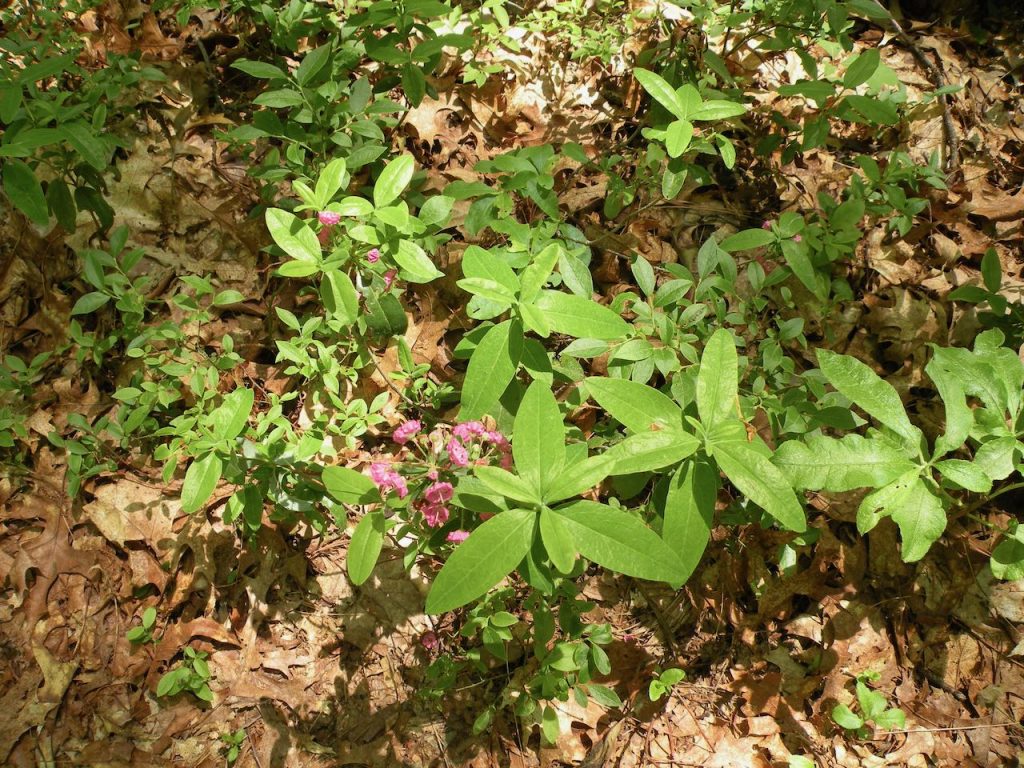
Wild blueberry growing close to the ground.
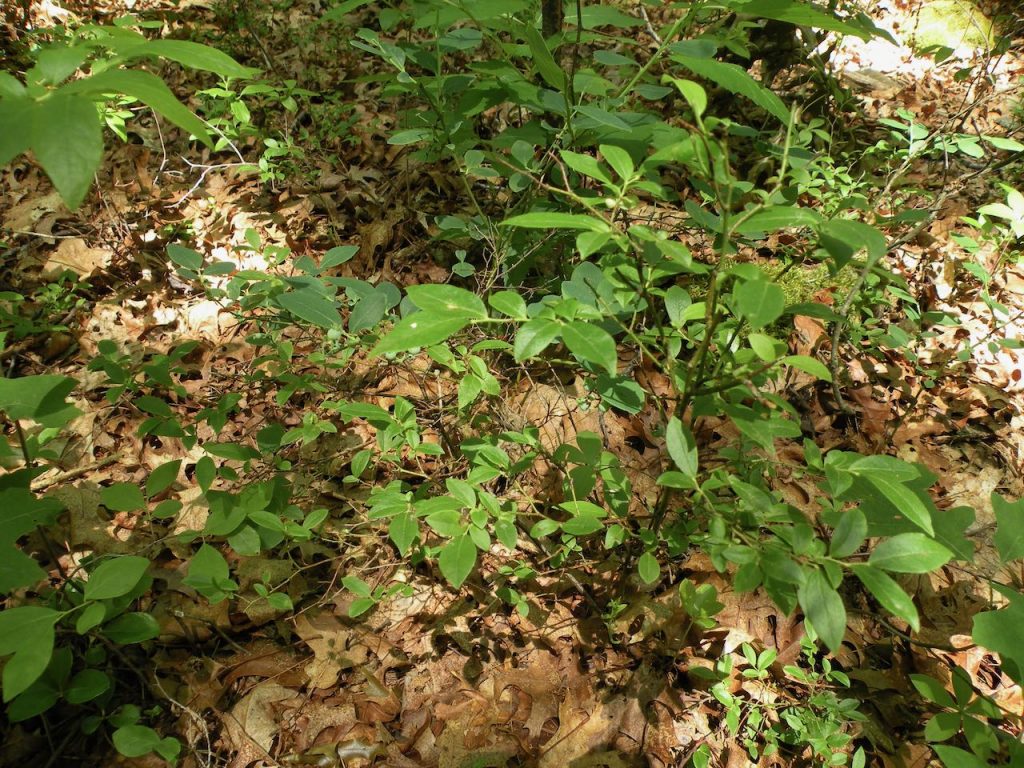
Bear scat shows the diversity of wildlife that is here. And where will this bear go when this forest is cut down? It will spend even more time in the yards of Simsbury residents.
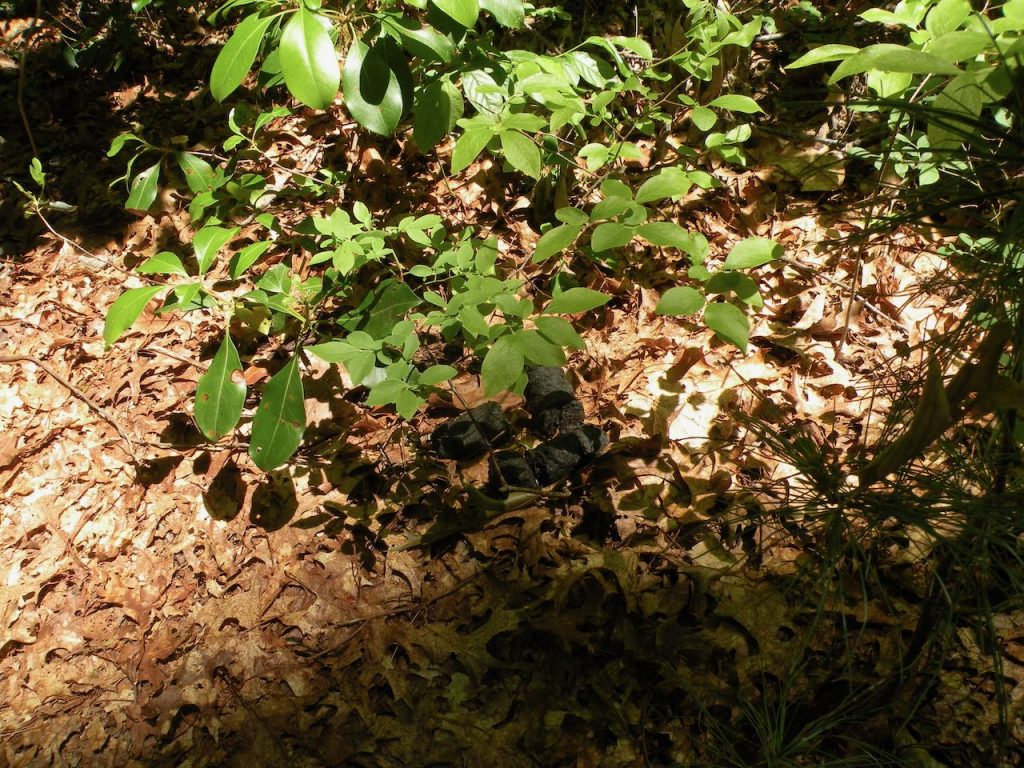
Overgrazing by deer is often cited as a reason to clear a forest. However, the healthy understory of this forest indicates that is not a problem right now. Here’s a visual where a tree has fallen down naturally, opened a space in the forest canopy and allowed emerging saplings to develop.
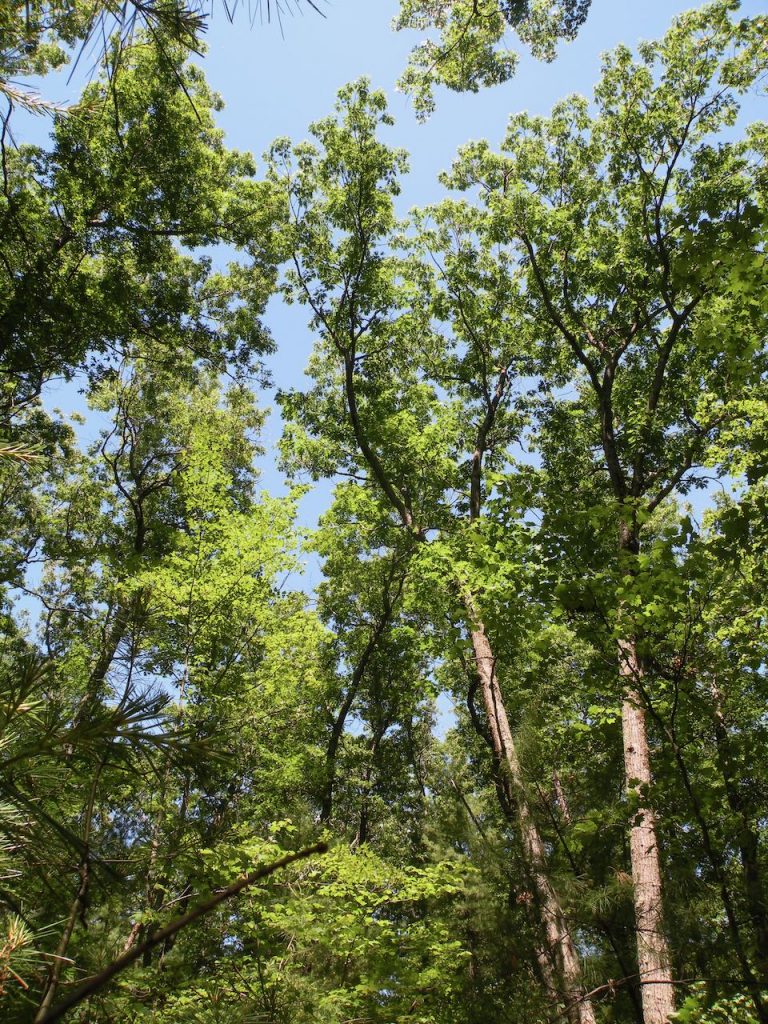
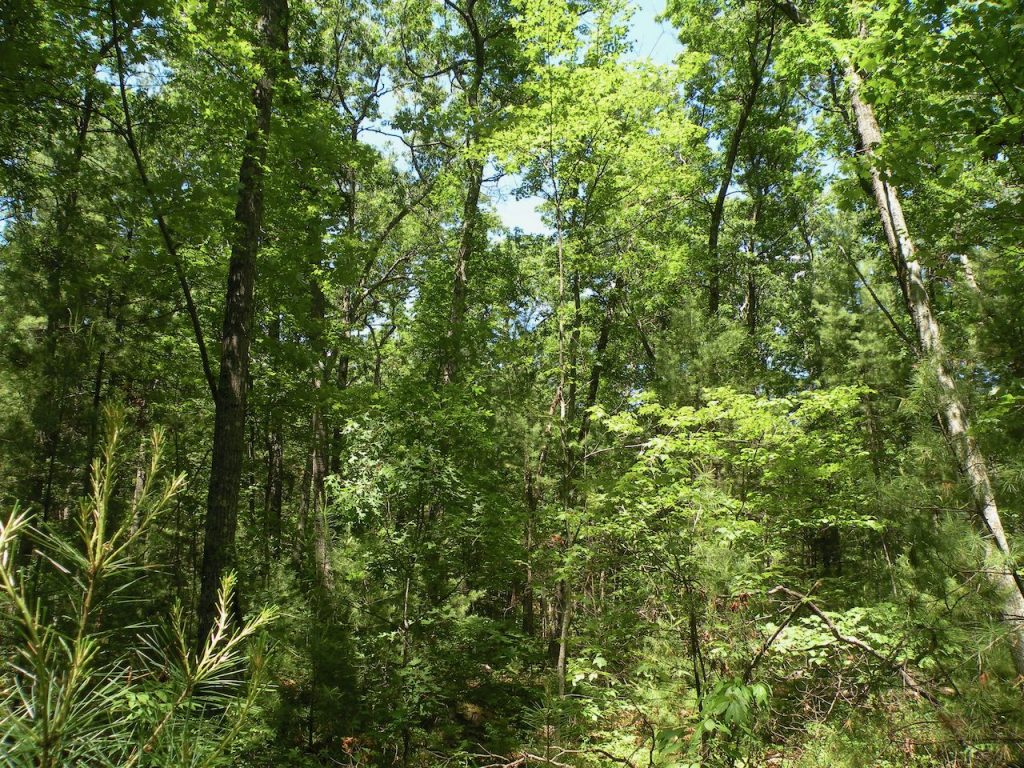
Dead or broken trees are often cited as a reason to manage a forest. However, dead trees provide habitat for all sorts of creatures from forest mammals to microorganisms that nourish the forest floor. Look for the woodpeckers that love these snags.
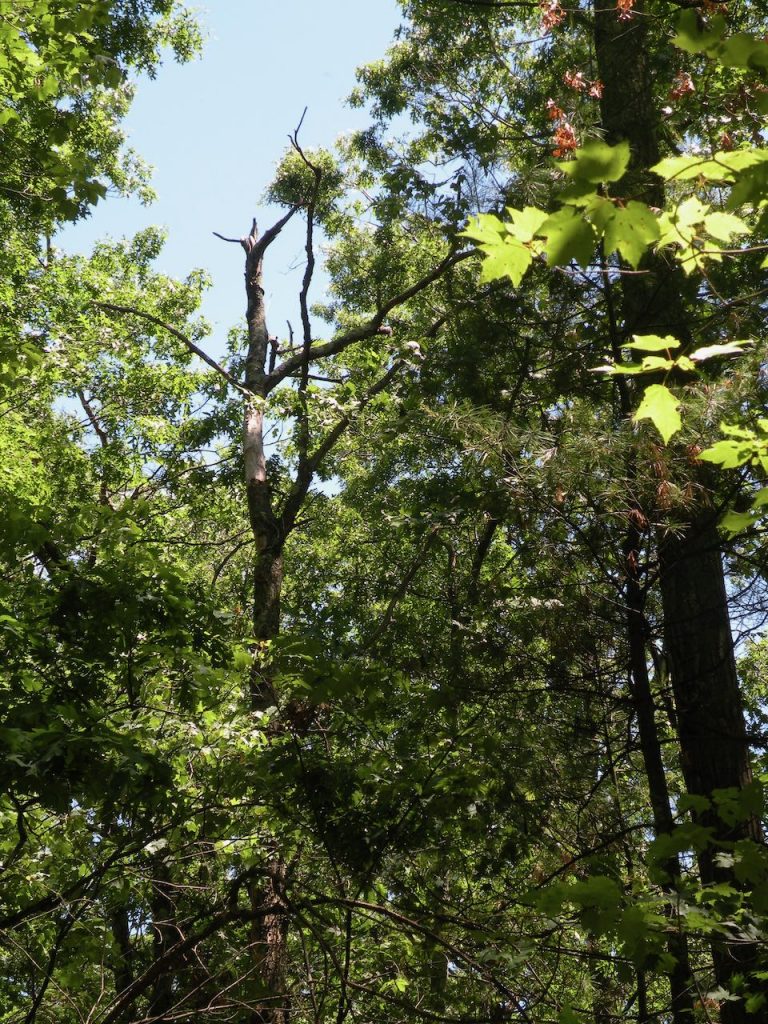
One thing we do not have: a single picture of invasive plants in this forest. Previous surveys by a plant expert found two plants at the back corner. Forests that are free of invasive plants are becoming less and less common and more and more precious. Invasive plants move in and thrive in disturbed habitats and the best defense is an intact native habitat. Scientists have documented that managing forests increases the incidence of invasive plants. So we can fully expect to see a proliferation of invasive plants in the area that has been cut down. Who is going to address that? How? How will that expense compare to the sale price of the trees?
Scientists have also documented that logged areas with their debris and disturbance and proliferation of invasive plants like barberry create conditions that attract and support mice and these mice bring ticks. More deer will in come to eat baby trees, and deer and mice will carry the ticks throughout the community and increase the risk of Lyme disease. All for a sale of $21,000 of timber.
We are not anti-forestry or anti-logging – but who is protecting nature – and evolution? We are still discovering things. This is our land, and all CT residents can step up and step in to make a difference. One person has a job cutting this forest down, but there are many additional forest-based jobs and economic benefits to CT in preserving, enjoying and studying our forests, and helping private landowners (who own the majority of the forests in CT).
Here are more trees marked to be cut. Can we be more humble, do less, enjoy them now, and keep some of them standing for the future?


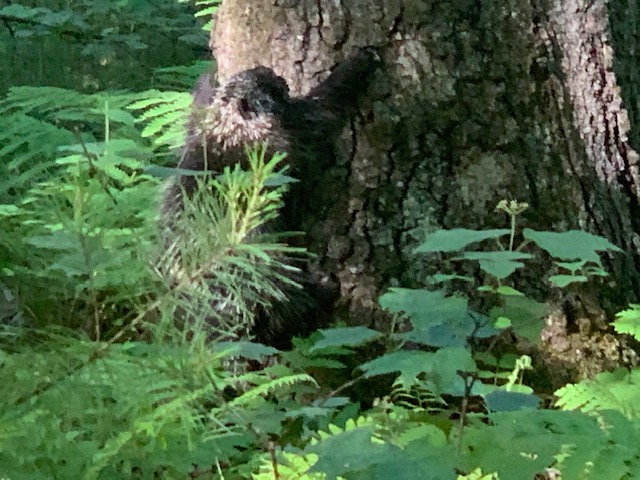
Timeline:
- Contract was signed in 2018. A CT DEEP plan full of contradictions for Massacoe was created in 2014.
- Tree clearing started Thursday, June 11th in the middle of nesting season.
- June 12th: pause in logging. A group gathered at noon to document the cutting. A request for a copy of the contract was made by 12:30 pm.
- June 15th: logging resumed for 8 hours.
- About half of the 81 acres were logged. There are 83 acres in this Massacoe block.
- CT DEEP called a public meeting for June 19th at 10 am. At least 50 people attended this meeting. A contract though promised for Friday morning was not delivered. CT DEEP could not produce a report on the biological survey of the forest that should have been done prior to cutting. State Senator Witkos and State Representative John Hampton were present and spoke in favor of protecting Massacoe.
Sunday, June 21st, Rick Jacobson sent this email:
“From Rick Jacobson –
Keep the Woods has not received additional information since then.

